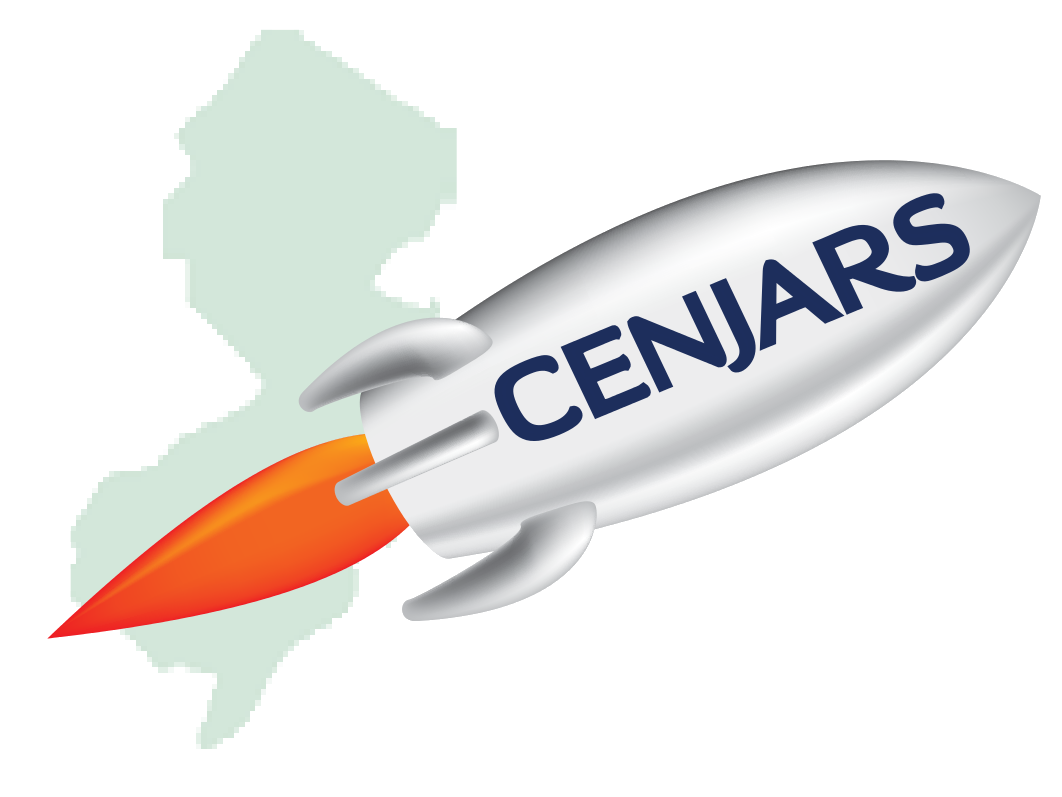AT THE LAUNCH
Central New Jersey Area Rocketry Society Launches
Background
Amateur or model rocketry is a safe, fun and educational hobby. The safety record of this hobby, which has been in existence since the early days of Sputnik, is excellent. If you have never attended a rocket launch, with CENJARS or with any other organization, keep in mind that your safety as well as the safety of all others is paramount. As such, there are certain safety rules which CENJARS expects its members and its guests to follow. Before continuing further, now would be a good time for you to review the National Association of Rockety’s Safety Code.
The safety record of this hobby, which has been in existence since the early days of Sputnik, is excellent. If you have never attended a rocket launch, with CENJARS or with any other organization, keep in mind that your safety as well as the safety of all others is paramount. As such, there are certain safety rules which CENJARS expects its members and its guests to follow. Before continuing further, now would be a good time for you to review the National Association of Rockety’s Safety Code.
Welcome
Amateur rocket launches are fun!!! The CENJARS membership comprises novices to experienced and knowledgeable amateur rocketeers with very diverse vocational backgrounds too — medical, financial, engineering, education, aviation, maritime, legal, management, tradesmen, students and more. Our one common trait is our passion for amateur rocketry and the fun it provides. New rocketeers are always welcome to join us to participate in this fun and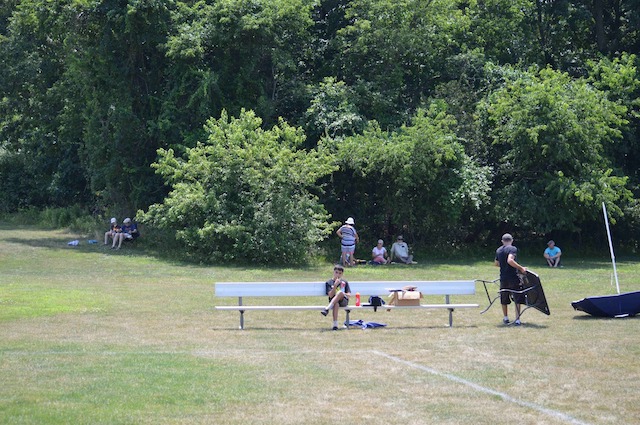 educational hobby. Spectators are welcome to enjoy our launches too and there is no charge to do so!
educational hobby. Spectators are welcome to enjoy our launches too and there is no charge to do so!
If and when you attend a CENJARS launch, do not be timid. If there is something that you do not understand or that you would like to know more about, feel free to ask your question(s) to any of the club’s members. If that member doesn’t know the answer, you can be sure that he or she will direct you to a member who can quell your curiosity. There are no stupid question! Be forewarned that you may learn more than just the answer to your question(s).
On The Field
CENJARS monthly launches are typically held the first Sunday of each calendar month commencing at 12:30 pm. Depending upon the day’s forecasted wind velocity and direction, the club’s launch equipment can be setup almost anywhere on the Wall High School Athletic Complex. We try to setup as near to the facility’s parking lot as possible; however, there have been launches and it is certain there will others which will require setup at the southern most extent of the complex.When you arrive, you should assess where the launch equipment and flight line have been established before you begin toting any of your gear onto the field. If you arrive at the complex after launching commences, please walk carefully onto the field and be cognizant of rockets being launched. The entire complex is the recovery area, so be aware of what may be in the air too.
Launch Equipment
CENJARS provides its own launch equipment, so there is no need to bring your own launch pad to the field. All you should need to bring are your rockets, rocket motors, recovery wadding, and any other items you may need to prepare your rockets for launch.CENJARS has everything to get your rocket(s) in the air. The club has two launch pads; each with six launch rods and each
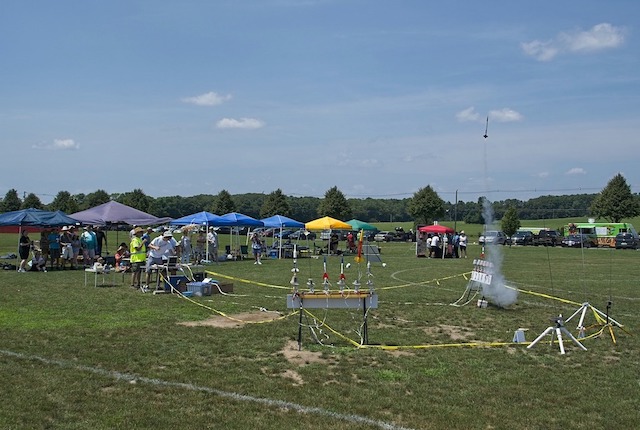 comprised of 1⁄8 inch and 3⁄16 inch rods. There are two launch controllers to accompany each pad. For larger rockets with higher power rocket motors, the club offers a pad with a 1⁄4 inch rod. Rockets with rail-buttons can also be flown at CENJARS launches. Launch rail systems with 20mm
comprised of 1⁄8 inch and 3⁄16 inch rods. There are two launch controllers to accompany each pad. For larger rockets with higher power rocket motors, the club offers a pad with a 1⁄4 inch rod. Rockets with rail-buttons can also be flown at CENJARS launches. Launch rail systems with 20mm and 1010
and 1010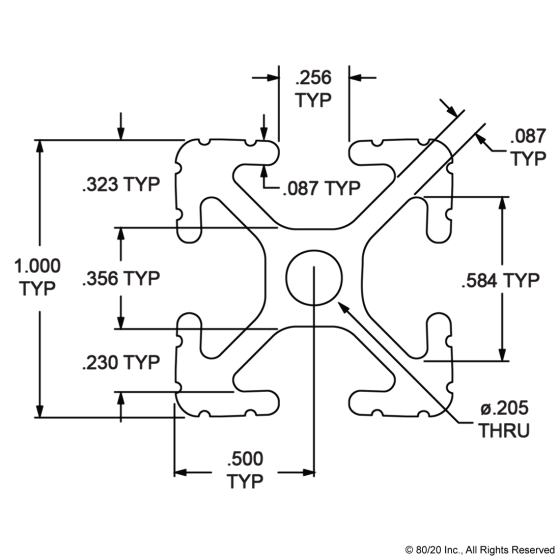 rails are also available. If your rocket sports 10mm micro rail-buttons, it can be accomodated too with prior notice.
rails are also available. If your rocket sports 10mm micro rail-buttons, it can be accomodated too with prior notice.
Launching Rockets
CENJARS launches are conducted similarly to other model rocket launches and in accordance with the National Association of Rocketry Safety Rules. Rockets are brought to the launch control officer (LCO), who also doubles and the range safety officer (RSO). The rocket should be accompanied by a flight card. The flight card identifies the rocket’s owner or flier, the rocket’s name, it’s motor and other pertinent information.The purpose of a flight card is two-fold.
- The flight card is temporarily affixed on a board in the location that corresponds to the launch pad the rocket will launch from. This information is then used by the LCO to announce the flights.
- The information on the flight card is used to produce the club’s launch report. Rockets are placed on the pad when the LCO announces that it is safe to do so. Nobody should approach the pads at any time unless the LCO has announced that it is safe to do so. In turn, rockets are retrieved only when the LCO indicates that it is safe to move into the recovery area.
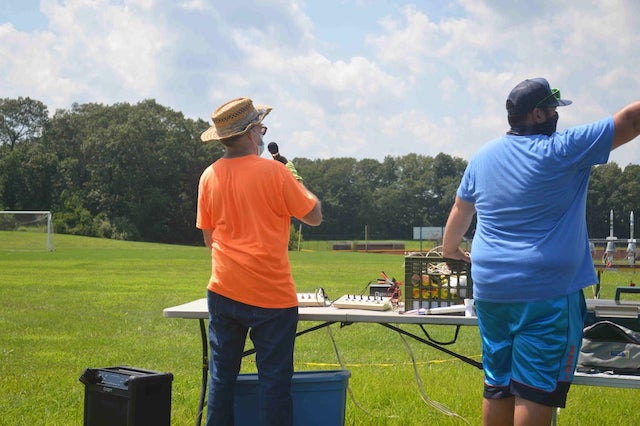 The Launch Control Officer (LCO), often acting in the dual-purpose capacity as the Range Safety Officer (RSO), has the final say as to whether or not any rocket can be flown. There are several reasons for which a rocket may not be permitted to fly and these reasons are outlined below.
The Launch Control Officer (LCO), often acting in the dual-purpose capacity as the Range Safety Officer (RSO), has the final say as to whether or not any rocket can be flown. There are several reasons for which a rocket may not be permitted to fly and these reasons are outlined below.
- Rocket is under-powered — its selected motor would provide insufficient thrust for the rocket’s overall weight.
- Rocket’s constuction is questionable — weakly glued parts, improper motor retention, unrepaired prior flight damage, etc.
- Rocket appears that the rocket would not have the stability for a safe and successful flight.
From time to time, a rocket’s motor may not ignite. If and when the LCO announces that the pads are cold may the rocket’s owner approach the pad to assess why the motor’s ignition failed. If it is possible to correct the situation quickly, the pads may be shutdown before all of the rockets on the pads have flown. Generally, if the rocket does not fly, the launch will commence with the next ready-to-fly rocket.
Spectators and fliers are requested to remain behind the flight line when rockets are being launched. If special photography or videography of a/the launch from anywhere other than behind the flight line is desires, please see the LCO for approval.
The Wall High School Athletic Complex is surrounded by areas of trees and bramble. Often times, rockets do drift into these areas. If a rockets drifts into and lands in these areas it can be quite difficult to see and find such rockets; therefore, it is recomended that parachutes and or streamers with bright colors be used. Many of the more experienced rocketeers in the club use trackers ranging from beepers to more elaborate schemes such as radio-beacon or radio-GPS systems. None of the aforementioned tracking devices are requirements to fly with CENJARS.
therefore, it is recomended that parachutes and or streamers with bright colors be used. Many of the more experienced rocketeers in the club use trackers ranging from beepers to more elaborate schemes such as radio-beacon or radio-GPS systems. None of the aforementioned tracking devices are requirements to fly with CENJARS.
If a rocket lands in a rocket eating tree, the club has, in its arsenal, a telescoping pole which can often rescue the rockets. If a rocket should become ensnared on any electric wires, no recovery will be attempted.
For those who have never been to a launch with CENJARS at its Wall High School Athletic Complex launch site, it is recommended that motors be chosen such that the flight is kept to a lower altitude. A lower altitude can help to insure that the rocket lands on the clear grassy areas of the complex.
CENJARS is a guest at this facility, so please keep it clean. Do not leave any garbage on the field. Bring a bag for refuse and dispose of it in the trash receptacles at the field or take it home for disposal. We’d like to keep the field as clean or cleaner than before setting up for the launch.
Wintertime — The Wall High School Athletic complex is a large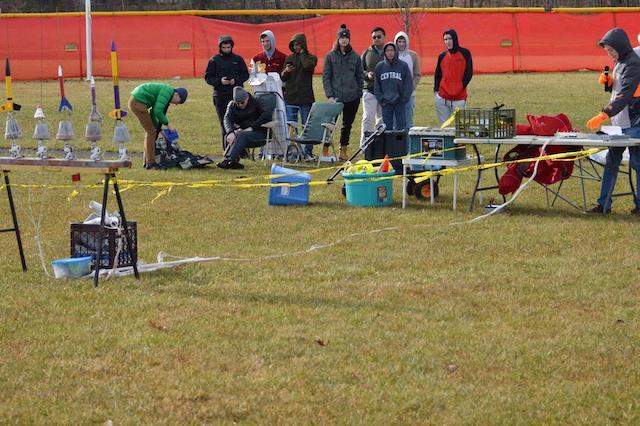 open area. CENJARS does not shutdown its launch schedule during the winter months. When attending any launches during the winter months, keep in mind that when it’s cold outside, it is often colder at the field.
open area. CENJARS does not shutdown its launch schedule during the winter months. When attending any launches during the winter months, keep in mind that when it’s cold outside, it is often colder at the field.
Spectators and fliers are requested to remain behind the flight line when rockets are being launched. If special photography or videography of a/the launch from anywhere other than behind the flight line is desires, please see the LCO for approval.
Recovering Rockets
After any rocket has been launched there is, hopefully, some recovery system which brings it back safely to the ground. All rockets are launched, typically, before they can be recovered from the recovery area of the complex. The rocketeer is requested not to attempt recovery of any rocket until the LCO has announced that it is safe to access the field. If a launched rocket lands near the street, the rocket’s owner may attempt its recovery before the LCO has made an announcement. This is to avoid having the rocket, especially those with parachutes, from being carried into the street by any ground winds. Extra care should be exercised when retrieving such rockets.The Wall High School Athletic Complex is surrounded by areas of trees and bramble. Often times, rockets do drift into these areas. If a rockets drifts into and lands in these areas it can be quite difficult to see and find such rockets;
 therefore, it is recomended that parachutes and or streamers with bright colors be used. Many of the more experienced rocketeers in the club use trackers ranging from beepers to more elaborate schemes such as radio-beacon or radio-GPS systems. None of the aforementioned tracking devices are requirements to fly with CENJARS.
therefore, it is recomended that parachutes and or streamers with bright colors be used. Many of the more experienced rocketeers in the club use trackers ranging from beepers to more elaborate schemes such as radio-beacon or radio-GPS systems. None of the aforementioned tracking devices are requirements to fly with CENJARS.
If a rocket lands in a rocket eating tree, the club has, in its arsenal, a telescoping pole which can often rescue the rockets. If a rocket should become ensnared on any electric wires, no recovery will be attempted.
For those who have never been to a launch with CENJARS at its Wall High School Athletic Complex launch site, it is recommended that motors be chosen such that the flight is kept to a lower altitude. A lower altitude can help to insure that the rocket lands on the clear grassy areas of the complex.
After The Launch
At the completion of the day’s launch activities, the club’s equipment must be cleared from the field. If you’re a club member, it is expected that you will assist with the teardown and help tote equipment to the parking area where it can be stowed in the vehicle(s) which brought the equipment for the launch. Pack your own belonging and then, please assist with the club’s equipment.CENJARS is a guest at this facility, so please keep it clean. Do not leave any garbage on the field. Bring a bag for refuse and dispose of it in the trash receptacles at the field or take it home for disposal. We’d like to keep the field as clean or cleaner than before setting up for the launch.
Things To Consider
CENJARS launches at the Wall High School Athletic Complex every month of the year in winter, spring, summer and autumn conditions. For your personal safety and comfort, consider some of the following when you come to a launch.Wintertime — The Wall High School Athletic complex is a large
 open area. CENJARS does not shutdown its launch schedule during the winter months. When attending any launches during the winter months, keep in mind that when it’s cold outside, it is often colder at the field.
open area. CENJARS does not shutdown its launch schedule during the winter months. When attending any launches during the winter months, keep in mind that when it’s cold outside, it is often colder at the field.
- Dress warm! Layers will keep you much warmer.
- Gloves! These will, hopefully, keep your hand warm enough to prep your rockets for launch.
- Boots! If there was snow before the launch, the fields may be covered, or they may be soggy and muddy. In addition, this large expanse of open area is a stopover and “drop off” point for migrating geese.
- Keep hydrated! Bring water or other drinks (non-alcoholic).
- Sunscreen. A few hours in the sun can yield several days of unpleasant sunburn.
- Shade. Sun umbrellas or pop-up sun tents are welcomed and encouraged.
- Insect repellant. Bugs are not prevalent on the field but, if you’re concerned about mosquitos and other biting insects, a repellant is a good extra to pack.
- Chairs. Unless you want to stand for the duration, bring folding/portable seating.
- Blankets. Both ground blankets and warming blankets may make your day at the field more pleasant. Ground blankets are great if you’re bringing younger children.
